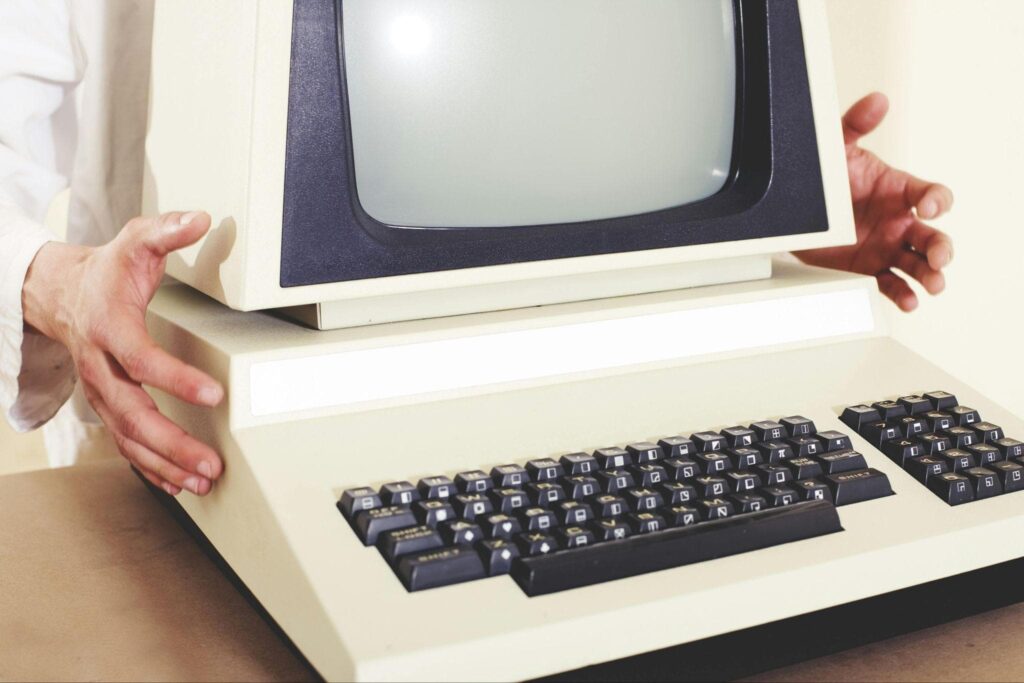In information technology, a revolution has quietly unfolded, reminiscent of a grand quest in an epic saga. This is the story of grid computing, a paradigm that straddles the line between brilliance and simplicity. It’s a journey that began with a simple question: what if we could connect disparate computers across the globe to solve complex problems?
The Origins of Grid Computing
The roots of grid computing can be traced back to the early 1990s, when the internet was just beginning to weave its web, connecting far-flung corners of the globe. In this nascent digital landscape, scientists and researchers faced a gargantuan task: How could they harness enough computing power to tackle the monumental problems of the day, from deciphering genetic codes to predicting climate change? The solution, it seemed, lay not in the solitary fortresses of supercomputers but in the collective might of networks.
The Birth of an Idea
Thus began the odyssey of grid computing. The concept was deceptively simple: link computers across different locations to form a powerful, unified resource. This grid would operate much like the electrical grid, with users tapping into a vast reservoir of computing power as easily as plugging into an outlet.
A Scientist’s Tale
Imagine our protagonist, Dr. Elena Harris, a climate scientist grappling with simulations that could predict the future of Earth’s climate. Her work requires crunching massive amounts of data, a task beyond the capabilities of any single machine in her university’s lab. Through grid computing, however, Elena connects to a global network, harnessing the idle power of computers in labs worldwide. Night after night, as these machines lie dormant, they spring to life, contributing their processing power to her cause. It’s a digital orchestra, each part playing in harmony yet orchestrated from thousands of miles away.
Technological Catalysts
As the grid computing movement gained momentum, it was propelled by two transformative developments: the evolution of the Internet and advancements in virtualization technology. The Internet provided the backbone, a vast network of connected fibers that could carry data at the speed of light. Virtualization allowed multiple operating systems and applications to run on a single physical machine, maximizing the grid’s efficiency.
Governments, academic institutions, and corporations began to see the potential. Initiatives like the Large Hadron Collider’s computing grid, which processes petabytes of data from particle physics experiments, and World Community Grid, which tackles humanitarian problems, highlighted the grid’s potential to change the world.

The Challenges Faced
Yet, our narrative is not without challenges. Security, for one, presented a formidable dragon to slay. With resources shared across the grid, how could sensitive data be protected? Solutions evolved, from encrypted data transfers to sophisticated access controls, ensuring the grid could be open and secure.
Grid Computing and Collaboration
The tale of grid computing is also a story of collaboration. Unlike traditional computing models, which often siloed resources within institutions, the grid thrived on sharing. It broke down barriers, fostering a spirit of cooperation that spanned continents. Researchers like Dr. Harris no longer fought their battles alone. They had the power of the grid, a testament to human ingenuity and the collective will to solve the puzzles of our time.
Application in Disaster Response
Another area where grid computing shines is in disaster response and humanitarian efforts. In the wake of natural calamities or humanitarian crises, the grid can be rapidly deployed to provide critical computing resources to affected regions. This can include everything from coordinating relief efforts to analyzing data to predict the spread of diseases.
The Future of Grid Computing
As we look to the future, the convergence of grid computing with other emerging technologies, such as edge computing and quantum computing, promises even greater potential. Edge computing, which brings computation closer to the data source, can complement the grid by providing real-time processing capabilities. Quantum computing, with its ability to perform complex calculations exponentially faster than classical computers, could unlock new avenues for scientific discovery and innovation.
Conclusion
The story of grid computing is a testament to the human desire to overcome limitations and push the boundaries of what is possible. By harnessing the collective power of distributed resources, we can tackle some of the most pressing challenges of our time and unlock a future where computational power is boundless and accessible to all.
